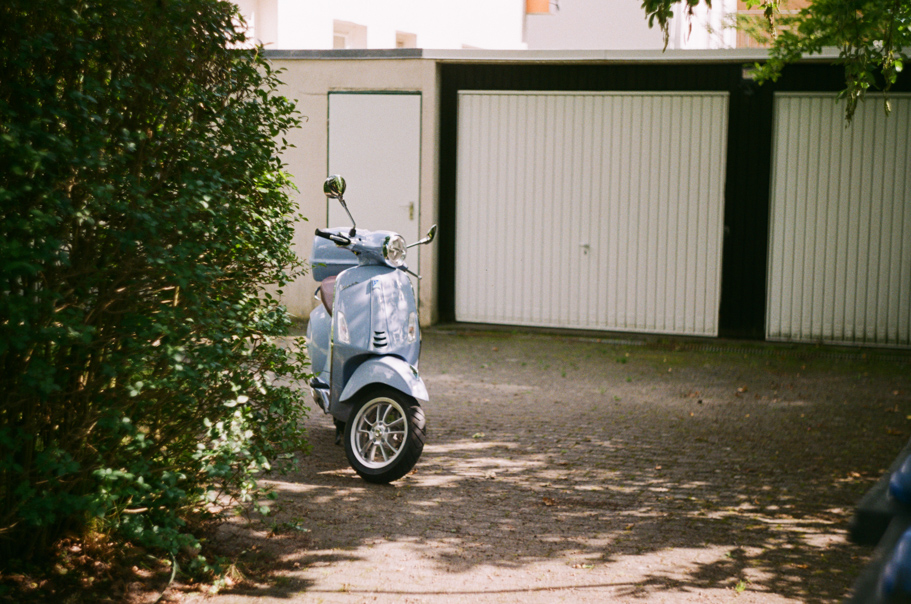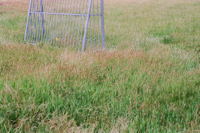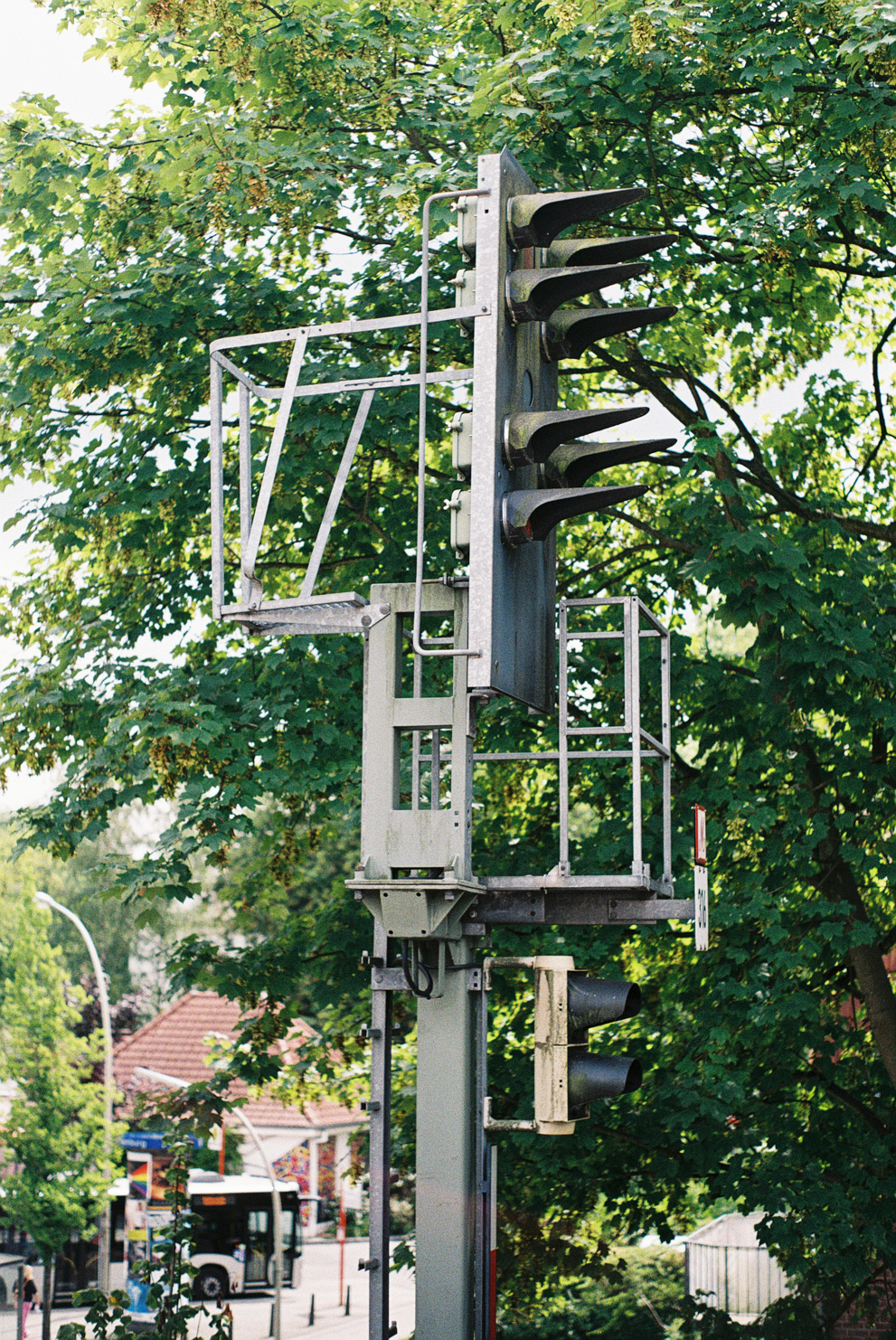

Fujifilm Fujicolor C200
Shot on 35mm at box speed with Canon 28-80/3.5-5.6 III
Developed at the local drug store (Rossmann), later scanned by totallyinfocus.com and presented unedited. The full resolution scans can be downloaded below.Shot on 35mm at box speed with Pentax-M SMC 50/2.0 and Revuenon 28-200/3.5-6.3
Developed and scanned by Nimmfilm. Presented unedited.About Fujifilm Fujicolor C200
C200 is the budget color negative film offered by Fuji for consumers and is widely available at many retailers. It exhibits the typical "Fuji Colors", meaning that green and blue tones are more saturated while the reds and yellows are more muted. The result is an image that is less warm than the competing Kodak color negative films. Foliage and cloudy skies seem to offer great contrast on this film, but with the wrong subject matter the results can also become a bit unpleasant (see the image of the pigeon).
For the budget price the technology in the film emulsion is impressive. Similar to the Ilford Delta and the Kodak TMax series the new formulation of C200 also uses flat hexagonal crystals [1], resulting in fine grain that is barely visible in medium resolution scans. In the high resolution scans a lot of detail is still visible. Sadly it is only available for 35mm cameras. The film is also very suitable for long exposures as the reciprocity failure seems to be minimal, needing only one stop exposure correction for a full minute exposure.
With these characteristics and the affordable price C200 can be always recommended when the subject fits the color cast of the film.
About Fujifilm
Fujifilm is a major multinational corporation based in Tokyo, Japan, and a traditional manufacturer of photographic equipment. The company started with the manufacturing of film in 1934, but quickly expanded to the full range of imaging products such as lenses, cameras, microscopes and scanners. The company dominated the Japanese market for decades and managed to get into western markets in the 1980s [2].
Fuji still produces color negative and positive film as well as BW film, and found success on the market with a revival of the instant camera. In contrast to their American competitor Kodak, Fuji embraced the digital era and offers today a range of well-regarded digital cameras that include film simulation profiles of their present and past film stocks.
Links
- [1]
- https://www.fujifilm.eu/fileadmin/countries/UK/analogue/C-200_datasheet.pdf, retrieved July 29th 2020
- [2]
- hhttps://en.wikipedia.org/wiki/Fujifilm#Photographic_film, retrieved July 29th 2020
Packaging
Disclaimer The logos and trademarks on this website are the property of their respective owners. This website does not represent any of them and solely shows them for editorial purposes. The author is in no form associated with any manufacturer of camera or film equipment and does not receive compensation in any form. The author is not associated with any provider of film development, processing or scanning services. The opinions voiced are those of a private individual and do not qualify as professional advice. This website does not collect personal information, does not include web services of third parties (such as social and advertisement networks) and does not use cookies. Contact: contact(at)photonfolly.com




 22.2 MB
22.2 MB
 21.9 MB
21.9 MB
 20.2 MB
20.2 MB
 24.5 MB
24.5 MB





